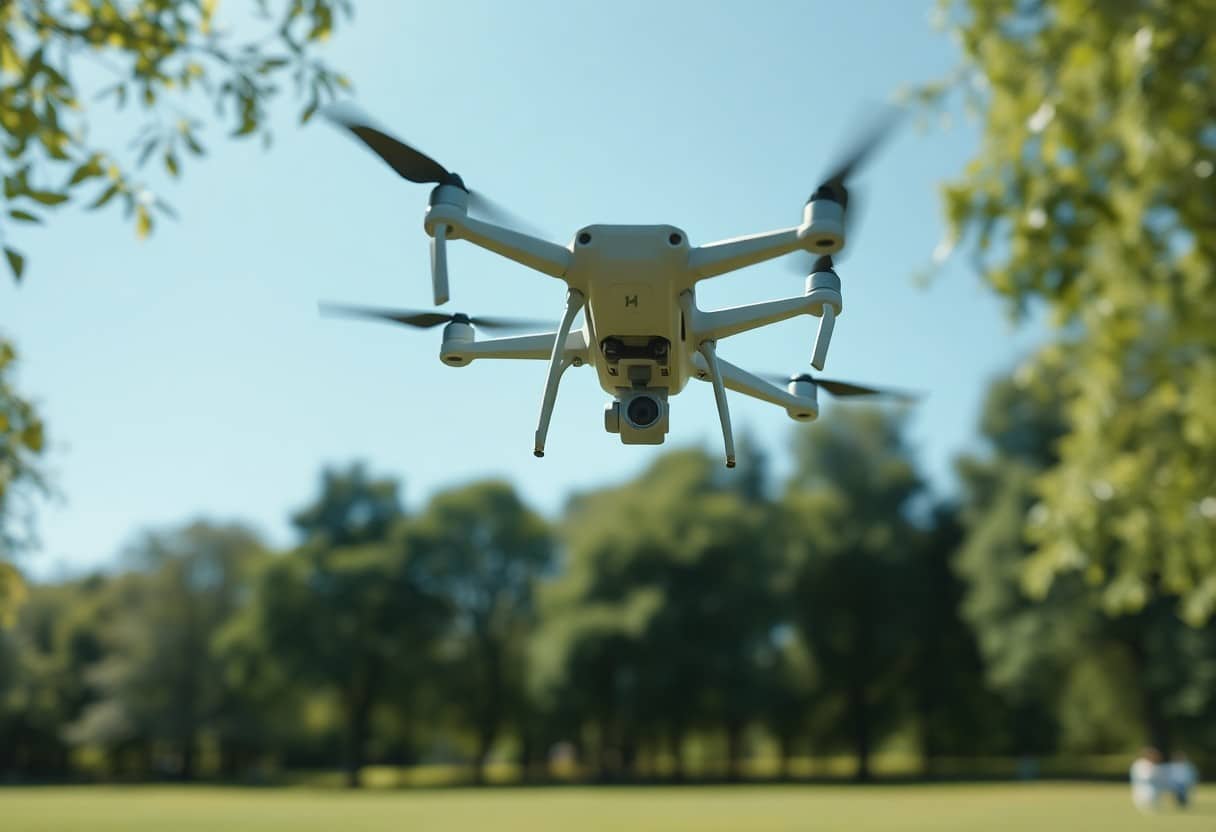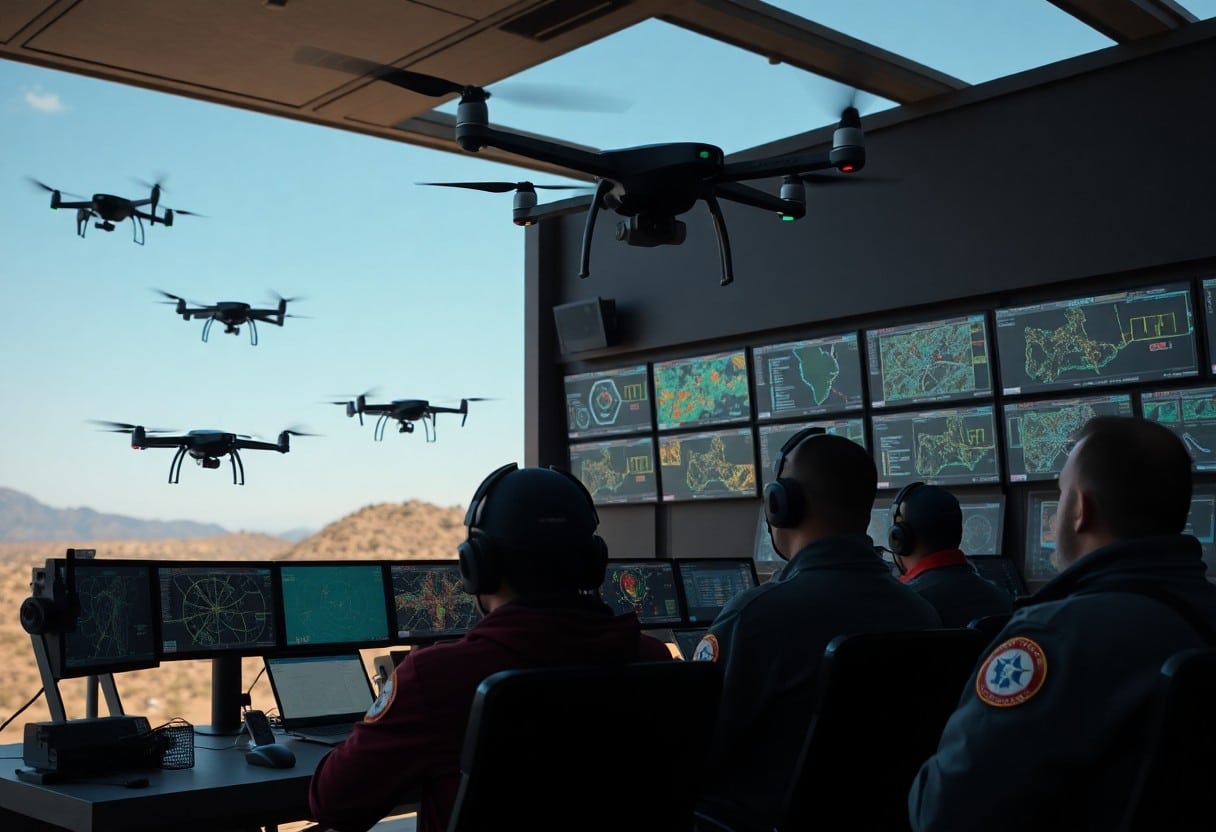The Ultimate Guide - 7 Steps to Amazing Aerial Photography
In this guide, you'll learn 7 key steps that will help you take amazing aerial photographs. With professional tips and knowledge, you'll be able to enhance your photography skills and capture amazing images. Remember.suretyThe first thing is to make sure your equipment and environment are safe, and the second is to be precise with every detail. Ready to make your photography shine?
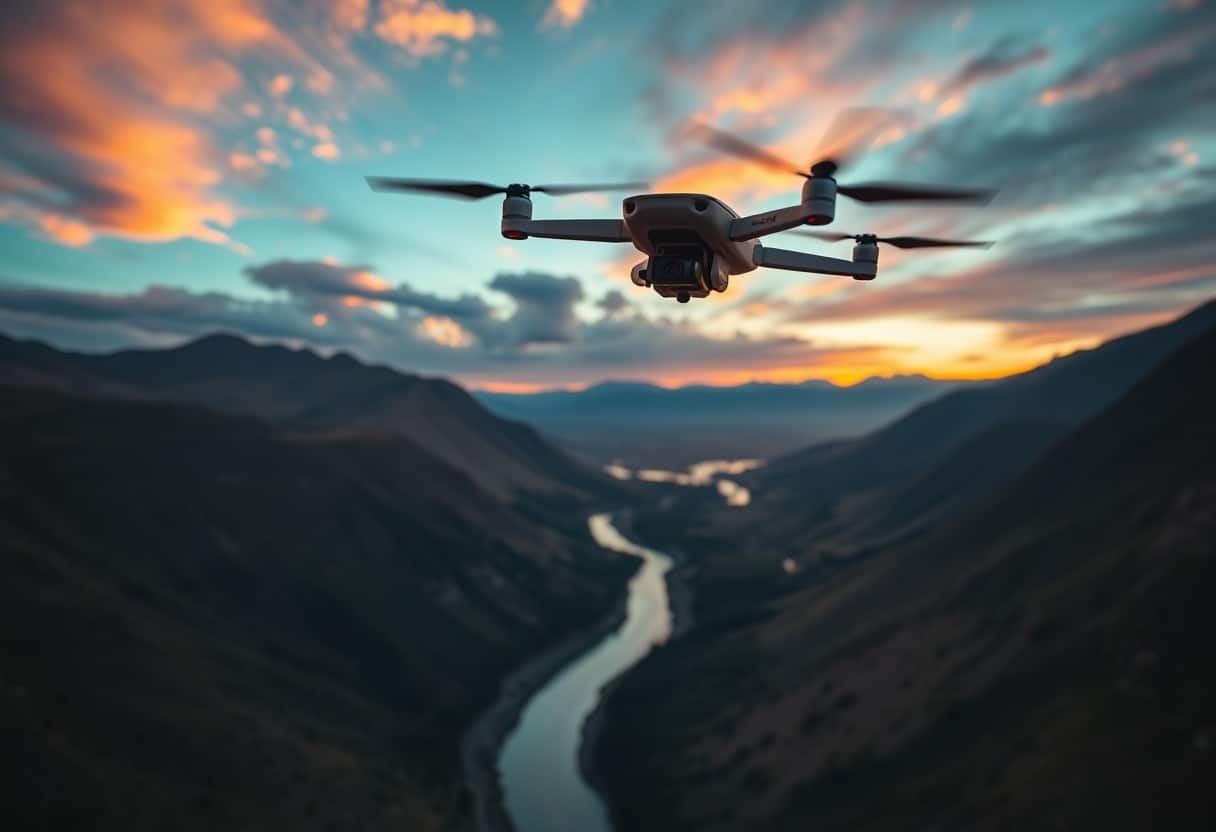
Important Observation:
- Learn about the equipment:Familiarize yourself with your drone or camera and understand its capabilities and limitations.
- Choose the right time:Utilize the natural light of the golden hour for the best image results.
- Compositional techniques:Master the basic principles of composition, such as the rule of thirds, to enhance the attractiveness of the picture.
- Shooting Angle:Try different angles to capture unique perspective and depth.
- Post-production editing:Use post-production software to adjust colors and contrast to enhance the quality of your photos.
- Security and the Law:Comply with local drone flight rules to ensure that you are not breaking the law during filming.
- Practice and Experimentation:Continuously experiment with different scenes and techniques to improve your shooting skills.
Aerial Photography Types
There are a variety of different types of aerial photography you can explore, each with its own unique appeal and technical requirements. Here are some of the main ones
Type:
- Drone Photography
- Helicopter Photography
- Aircraft Photography
- Hot Air Balloon Photography
- Ground Lift Camera
These different types of photography can help you choose the best shoot for your needs and creativity.
Drone Photography
Drone photography is an increasingly popular form of aerial photography that utilizes drones to shoot at high altitudes. This method is not only convenient, but also captures spectacular images and perspectives. With high-tech equipment, you can easily adjust the angle to get the best composition.
Helicopter and Aircraft Photography
Helicopter and aerial photography offer greater flexibility and a wider field of view, making them ideal for capturing wide terrain or city panoramas. They also often allow you to reach locations that cannot be accessed from the ground, allowing you to create inspiring images. But totake note ofThese methods of filming may involveHigher feesand a high degree ofSecurity RisksIncludesLimitations of airspacerespond in singingMechanical FailureThe
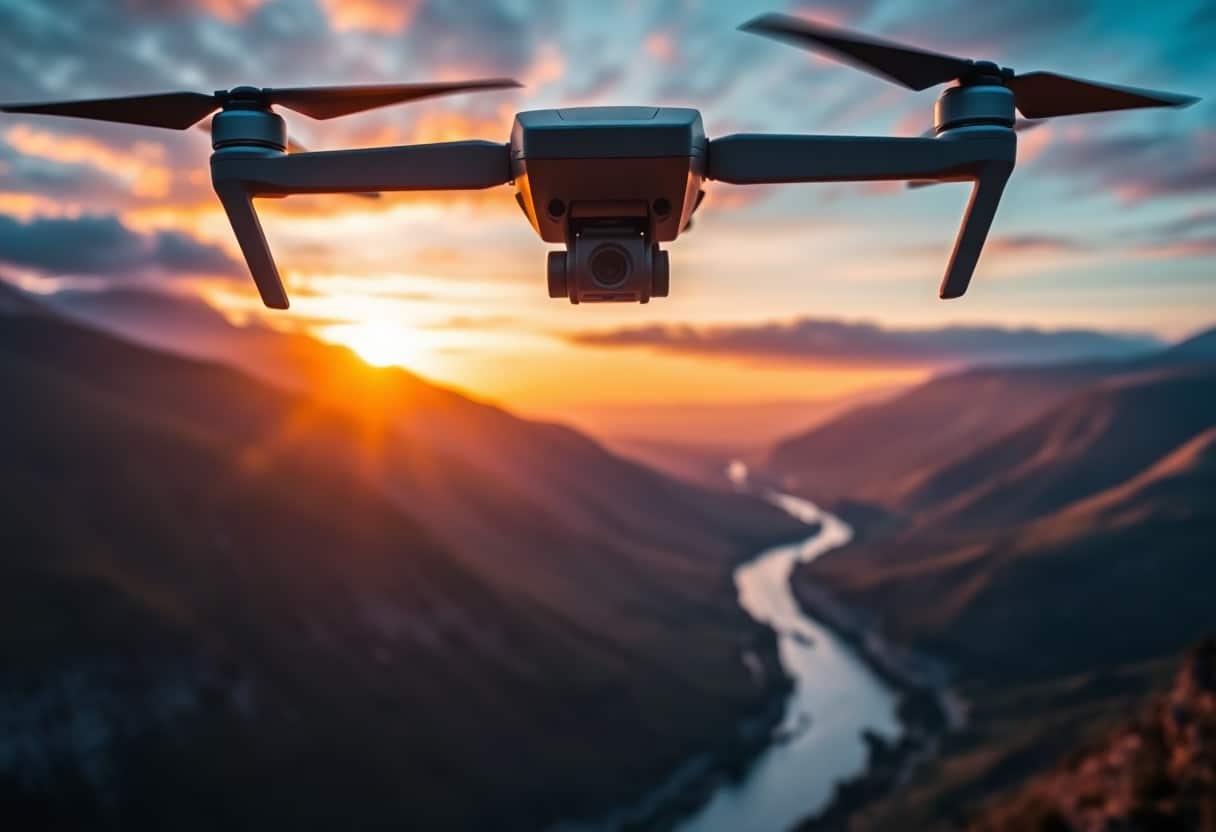
Key Factors for Eye-Catching Aerial Photographs
To capture stunning aerial photos, there are severalKey FactorsNeeds attention. The first and foremost includeSelect Position,Composition,Shooting Time,Light conditionsas well asCamera Setupetc. These factors will have a direct impact on the final result of your photographs. If you take these factors into account, your aerial photographs will stand out from the rest. Let's assume you have taken them all into account.
Location and Composition
Choose the right oneplacementrespond in singingCompositionAerial photography is crucial. You need to find a company that offersUnique PerspectiveThe location of the site and the use of natural elements and landscaping to enhance the overall effect. Remember to consider the foreground and background to guide the viewer's eye.
Shooting time and lighting conditions
Shooting time and lighting conditions have a huge impact on the quality of aerial photography. The best light is usually atmorningmaybetwilightThis is when the light is soft and willing to capture details. You should avoid themiddayTake pictures as the light is too strong at this time of day and can cause overexposure.
In terms of affecting the quality of aerial photographyTimerespond in singingLight conditionsIt's something you need to take seriously. When sunrisemaybe sundown When you take a picture at the right time of day, the light will have warm tones that add to the beauty of your work. In addition, changes in cloud cover can also add layers to your photos. Remember to utilize theGolden HourTake pictures to make your photos more attractive. No matter what time of year you travel, always keep an eye on the weather forecast for the best shooting conditions.
Step by Step Guide: Aerial Photography
In thisComprehensive Steps for Effective Drone Control in Any Situation In this guide, we'll provide a step-by-step guide to help you master the art of stunning aerial photography. This process goes beyond technical knowledge and covers the key steps of planning, preparing and capturing impressive images that will allow you to show off your creativity and photographic skills.
| Steps | Description |
|---|---|
| 1 | Determine the subject and its environment |
| 2 | Plan your flight path and camera angles |
| 3 | Check and test the equipment |
| 4 | Choose the right time and light |
| 5 | Shooting and adjusting settings |
| 6 | Review of shooting results and processing of images |
| 7 | Share your work and ask for feedback |
Planning and Preparation
Before you begin your aerial photographyPlanning and PreparationThis is the most important step. You need to determine the subject of the shoot, investigate the location, and design an effective flight path. In addition, check your equipment to make sure that all the cameras and drone setups are ready to go to avoid problems during the shoot.
Capture the perfect moment
During the shooting process, you have to learn how toCapture the perfect momentThis means always paying attention to light and composition and staying flexible in your shooting patterns. This means keeping an eye on light and composition, and maintaining a flexible shooting pattern. Choose to use different focal lengths and camera angles to give your work a unique perspective. Most importantly, make sure your equipment is stable and safe during the shoot to avoid any damage or accidents.
In order toCapturing the Perfect MomentYou need to focus on different shooting techniques and environmental factors. For example, utilize the natural light of the golden hour to enhance the visual effect of your photos. Also, look for symmetry and leading lines to enhance the composition. Also, consider using slower shutter speeds to capture moving images, which will add dramatic tension to your photos. Remain sensitive to your environment during the photography process and be ready to adjust your settings for optimal results.
Tips for Enhancing Aerial Images
To improve the quality of your aerial images, here are a few important tips.
- Composition: Choose interesting compositions that emphasize the theme.
- light: Finding the best light conditions, like shooting in the golden hour.
- stability: Use a stabilizer or tripod to reduce picture shake.
- coloration: Enhance color and contrast with post-processing.
Anyone who wants to improve the quality of your images can refer to thePrecision Creation - 8 Steps to Mastering the Latest CAD ToolsThe
Post-processing Tips
In the post-processing of aerial images, you can use a variety of software to make adjustments. By adjustingexposure (e.g. of photosensitive material),Contrastandcolor balanceThe techniques used to create these images can dramatically improve the overall effect of the image and bring the photo to life. Mastering these techniques will allow you to create more professional-looking work.
Equipment Recommendations
Choosing the right equipment is crucial for aerial photography. You need a stableDroneand with a high qualityCamera Lensto ensure high picture quality. In addition, equipped with a goodStabilizerIt will help to take smooth images and improve shooting results.
In terms of equipment selection, you should consider using a device with highresolution (of image, monitor etc)This way, you can capture more details. Also, use a camera withGPSrespond in singingAutomatic obstacle avoidanceA high class drone with advanced features can make your shooting safer and minimize the risk of accidents. Last but not least, don't forget to bring extraBatteryrespond in singingmemory cardThis will greatly increase your shooting flexibility, as it can be used for long shooting sessions.
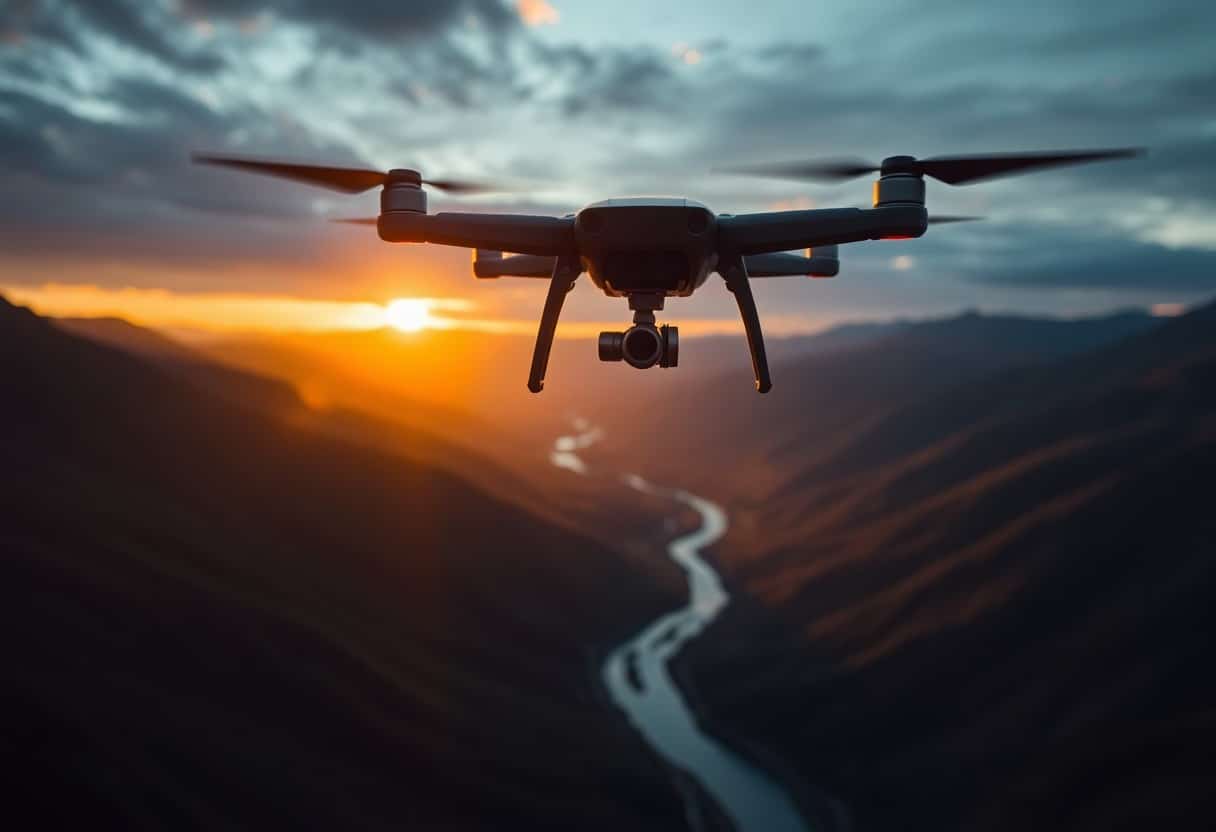
Advantages and Disadvantages of Aerial Photography
Before considering aerial photography, it is important to understand itsPros and Consis quite important. Here is a brief comparison to help you better understand the pros and cons of aerial photography.
| Advantages | Disadvantages |
|---|---|
| Provides a unique perspective | High-cost equipment |
| Captures a wide range of views | Requires specialized operating skills |
| Ideal for a variety of applications, such as travel or construction. | Weather Affects Photography |
| You can create absolutely beautiful works of art. | High safety risk |
| Helps to enhance brand image | Statutory Limitations |
For more in-depth information, please refer toWhat steps do I need to take to become compliant with drone registration?
The Advantage of Capturing Aerial Images
grasp (often fig.)The Advantage of Capturing Aerial ImagesAerial photography can help you create visually stunning images. Aerial photography allows you to observe the scene from a new height, not only to understand the environment, but also to present a stunning image, allowing the audience to feel the beauty of the unusual.
Challenges and Limitations
In the process of learning aerial photography, you will also have to deal withChallenges and LimitationsThe shooting is technically demanding, difficult to operate, and the weather affects the results. Filming is technically demanding, difficult to operate, and the weather affects the results. In addition, you need to follow the laws and regulations to ensure safe operation, these are all factors you need to consider beforehand.
Once you get into aerial photography, you may encounterVarious challenges. For example, operating a drone or other flying equipment requires specialized knowledge and, in some areas, is subject toLegal SpecificationsThe limitations. In addition, the weather conditions at the time of shooting will also affect the quality of your work, so it is important to plan and prepare well in advance. To face these challenges, you need to ensure that your equipment is safe and reliable, and continue to improve your skills and knowledge to cope with these limitations.
The Ultimate Guide - 7 Steps to Amazing Aerial Photography
With this ultimate guide, you've mastered the seven key steps to stunning aerial photography. From choosing the right equipment and camera angles to understanding lighting and compositional techniques, these elements will help you improve your photography. Whether you're a beginner or an experienced photographer, following these guidelines will give your work the appeal and professionalism that will set you apart in the world of aerial photography.
Frequently Asked Questions
Q: What is "The Ultimate Guide - 7 Steps to Taking Amazing Aerial Photos"?
A: The Ultimate Guide - 7 Steps to Amazing Aerial Photography is a guidebook designed for aerial photography enthusiasts, covering the entire process from equipment selection to shooting techniques to help photographers take high quality aerial photographs.
Q: What equipment do I need to take aerial photos?
A: The basic equipment required for aerial photography includes a drone, camera, stabilizer and controller. Choosing a drone with a high-resolution camera can improve the quality of the shot.
Q: What is the best time to take aerial photos?
A: It is usually recommended to take photos early in the morning or at dusk because the natural light at this time is soft, which creates beautiful shadows and colors and enhances the visual effect of the photos.
Q: What kind of shooting techniques can I use to improve the quality of my aerial photos?
A: You can utilize compositional rules, such as the rule of thirds, leading lines, and symmetrical composition, to enhance the visual appeal of your photos. In addition, experimenting with different heights and angles can bring about different effects.
Q: How should I post-process my aerial photos?
A: In post-processing, you can use photo editing software to make adjustments such as brightness, contrast, and saturation, as well as cropping and rotating to make your photos look more professional.
Q: Will aerial photography be restricted by law?
A: Yes, the legal requirements for aerial photography vary from place to place, and it is usually necessary to follow the regulations of the FAA (Federal Aviation Administration) or the local aviation authority, and to ask for permission if necessary. Make sure you know the regulations in your area.
Q: How can I improve my aerial photography skills?
A: The best way to enhance your aerial photography skills is to practice more. Attending aerial photography workshops and watching online videos will help you learn new skills and experiences. In addition, communicating with other photographers is also a good way to improve.
